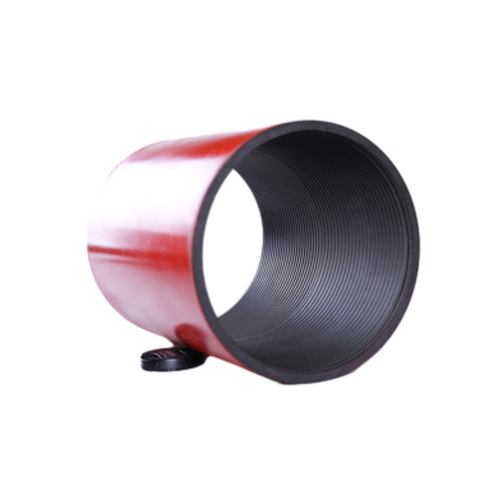- Afrikaans
- Albanian
- Amharic
- Arabic
- Armenian
- Azerbaijani
- Basque
- Belarusian
- Bengali
- Bosnian
- Bulgarian
- Catalan
- Cebuano
- Corsican
- Croatian
- Czech
- Danish
- Dutch
- English
- Esperanto
- Estonian
- Finnish
- French
- Frisian
- Galician
- Georgian
- German
- Greek
- Gujarati
- Haitian Creole
- hausa
- hawaiian
- Hebrew
- Hindi
- Miao
- Hungarian
- Icelandic
- igbo
- Indonesian
- irish
- Italian
- Japanese
- Javanese
- Kannada
- kazakh
- Khmer
- Rwandese
- Korean
- Kurdish
- Kyrgyz
- Lao
- Latin
- Latvian
- Lithuanian
- Luxembourgish
- Macedonian
- Malgashi
- Malay
- Malayalam
- Maltese
- Maori
- Marathi
- Mongolian
- Myanmar
- Nepali
- Norwegian
- Norwegian
- Occitan
- Pashto
- Persian
- Polish
- Portuguese
- Punjabi
- Romanian
- Russian
- Samoan
- Scottish Gaelic
- Serbian
- Sesotho
- Shona
- Sindhi
- Sinhala
- Slovak
- Slovenian
- Somali
- Spanish
- Sundanese
- Swahili
- Swedish
- Tagalog
- Tajik
- Tamil
- Tatar
- Telugu
- Thai
- Turkish
- Turkmen
- Ukrainian
- Urdu
- Uighur
- Uzbek
- Vietnamese
- Welsh
- Bantu
- Yiddish
- Yoruba
- Zulu
Understanding the Key Dimensions and Specifications of Bull Plug Components for Optimal Performance
Understanding Bull Plug Dimensions A Comprehensive Guide
Bull plugs are essential components in various industrial applications, particularly in the oil and gas sector, but also in water treatment facilities, chemical processing, and other industries requiring secure sealing mechanisms. These fittings serve as temporary closures for pipe ends, allowing for pressure testing, maintenance, or isolation of certain pipeline sections. One crucial aspect of bull plugs is their dimensions, which significantly influence their performance and compatibility with other piping components.
What are Bull Plugs?
Bull plugs are typically made from materials such as stainless steel, carbon steel, or plastic, depending on the application and environmental conditions. Their primary function is to seal off the end of a pipe to prevent leakage and contamination. They come in various sizes and shapes, which makes understanding their dimensions critical for ensuring the integrity of the system they are part of.
Common Dimensions of Bull Plugs
The dimensions of bull plugs are usually defined by the nominal pipe size (NPS) or diameter, which is a standardized measure used internationally. A few common measurements include the outer diameter, inner diameter, and length of the bull plug. Below are the standard dimensions associated with bull plugs
1. Outer Diameter (OD) This measurement is crucial for ensuring that the bull plug fits snugly into the pipe. The OD must align with the pipe's internal diameter for an effective seal. Common outer diameter sizes can range from 0.5 inches to over 12 inches, depending on the system's specifications.
2. Inner Diameter (ID) While not always as critical as the OD, the inner diameter may come into play in specific applications. This dimension helps determine whether the bull plug can accommodate additional fittings or valves that may be required in certain operations.
bull plug dimensions

3. Length The length of the bull plug can vary significantly based on its design and the application intended. Standard lengths can range from 1 inch to several inches long. Length is essential to ensure that the bull plug can be securely inserted into the pipe and provide an adequate sealing surface.
4. Thread Size Some bull plugs have threaded ends that allow them to be screwed into the pipe, providing an even more secure closure. Thread sizes must be compatible with the corresponding pipe threads, which are usually standardized.
5. Pressure Rating An equally important dimension is the pressure rating of the bull plug. This rating indicates the maximum pressure the plug can withstand without failure. Depending on the material and design, pressure ratings can range significantly, from low-pressure applications to several thousand psi in high-pressure systems.
Choosing the Right Bull Plug
When selecting a bull plug, it's crucial to match its dimensions accurately with the specifications of the system in which it will be used. Using a bull plug that is too small can lead to leaks, while a plug that is too large may not fit correctly, both scenarios potentially leading to catastrophic failures.
Furthermore, considering the material is also essential, as different environments can affect the longevity and performance of the bull plug. For instance, corrosive substances may require a plug made from stainless steel rather than a more standard carbon steel option.
Conclusion
In summary, understanding bull plug dimensions is vital for ensuring the efficiency, safety, and reliability of piping systems in various industries. Properly sized bull plugs guarantee an effective seal, protecting against leaks and contamination. As industries continue to evolve, the demand for durable and dimensionally accurate bull plugs will only grow, making knowledge of their specifications indispensable for engineers and maintenance personnel.
-
Well Casing Extension Couplings – Applications and InstallationNewsJun.06,2025
-
Types of Crossover Subs in Drilling & CompletionNewsJun.06,2025
-
Key Features of High-Quality Tubing Pup JointsNewsJun.06,2025
-
Installation and Maintenance Tips for Steel Couplings for PipeNewsJun.06,2025
-
How to Select the Right Pup Joint for Oil & Gas OperationsNewsJun.06,2025
-
Applications of Stainless Steel Pipe CouplingsNewsJun.06,2025







